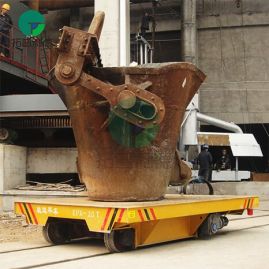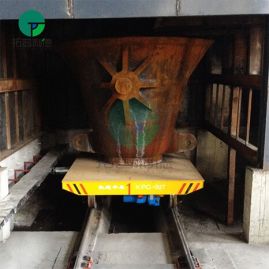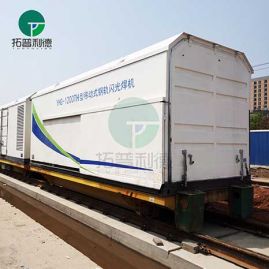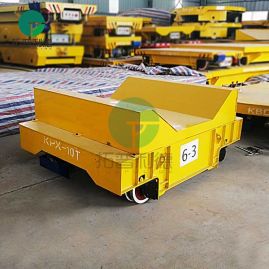What Is Crane Wheel?
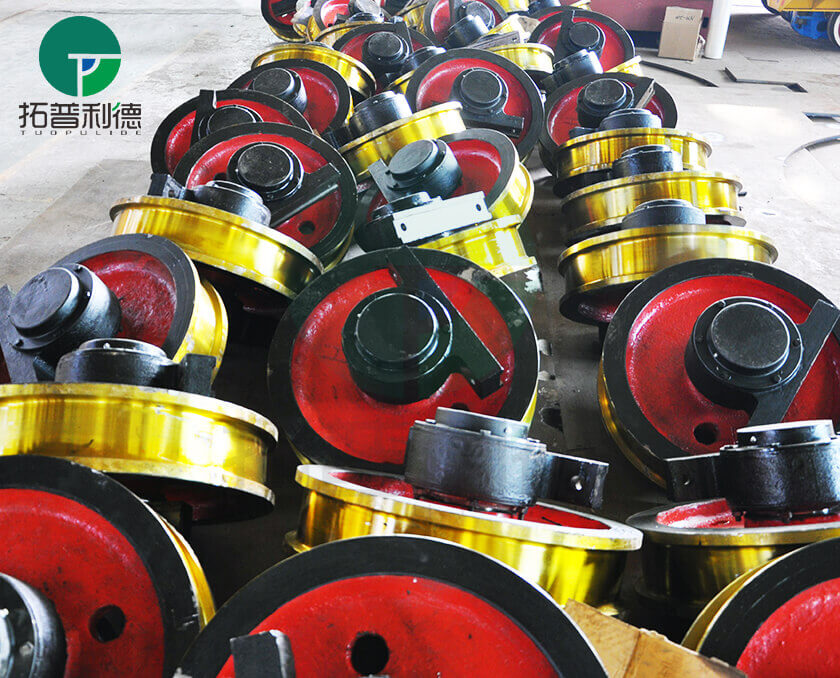
The crane wheels are the most important parts in traveling unit and also are the most vulnerable parts due to the strong impact and wear between wheel and rail. Flange wear, flange breakage and fatigue pitting are the frequently encountered problems. When the crane travelling wheels are broken, the repair and replacement are complex and very time-consuming.
In order to enhance the wear resistance and increase the service life of crane travelling wheels, usually the crane travelling wheels need to be heat-treated.
Crane wheels are heat treated by means of a so-called rim hardening process. After austenitisation at temperatures close to 900°C, only the wheel rim is rapidly cooled to temperatures of about 300°C – usually by using water. After finishing the rim quenching, centre and hub are still at temperatures near the transition temperature. Further cooling takes place in air, giving the wheel rim high strength and compressive residual stresses and producing a more flexible wheel centre. The final annealing step at about 500°C can be considered to be a stress relief treatment with no significant changes to the microstructure or the mechanical properties of the wheel material.
A main goal of the heat treatment process is high homogeneity of the microstructure of the rim in a radial and circumferential direction. This is optimal for a uniform wear characteristic of the wheel tread and assures highest travelling comfort due to the prevention of wheel unroundnesses. Additionally, crane travelling wheels damages such as rolling contact fatigue failures will be minimised.


